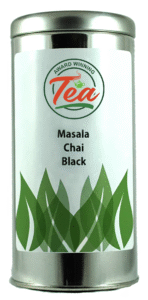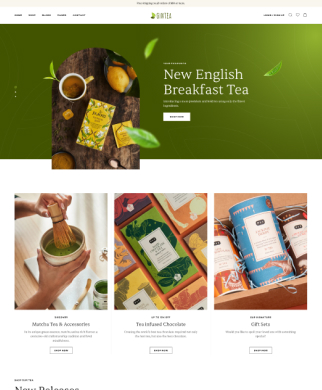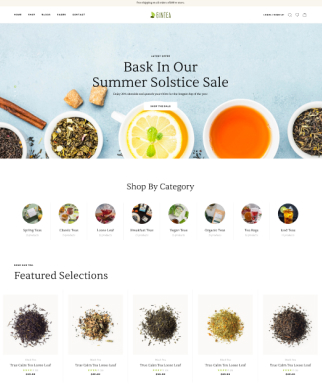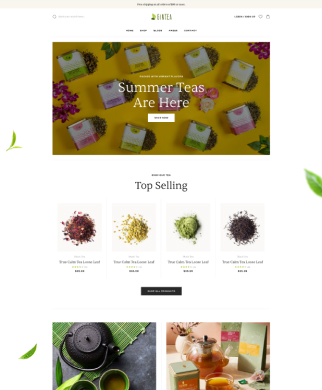
Masala chai (literally “spiced tea”) is India’s cozy classic: brisk black tea simmered with a heady mix of spices, milk, and a touch of sweetness. In South India—home to famed spice routes—chai often leans into cardamom’s floral lift and ginger’s lively heat, riding on a full-bodied black tea base robust enough to shine through milk and spice.
Origins & culture
Chai’s story blends ancient Ayurvedic spice infusions with the 19th-century rise of Indian tea. As tea spread, households began brewing black tea with warming spices, creating today’s creamy, spiced cup enjoyed from home kitchens to bustling street stalls across the subcontinent.
Flavor profile: full body, bright cardamom, lively ginger
The ideal base is a strong Indian black tea—commonly Assam (often CTC: crush-tear-curl)—for malty depth and color. Into that go chai staples: cardamom for sweet, floral perfume; fresh ginger for zingy warmth; plus cinnamon, clove, pepper, and sometimes fennel or star anise. The result is creamy, rich, and wonderfully aromatic.
How to brew (traditional stovetop)
- Simmer spices: Lightly crush 3–4 green cardamom pods and slice 4–6 thin coins of fresh ginger. Simmer in 1 cup water for 3–5 minutes.
- Add tea: Stir in 1–2 tsp strong black tea (Assam/CTC). Simmer 1–2 minutes, then turn off heat and steep 2–3 minutes.
- Finish with milk & sweetness: Add 1 cup milk (dairy or plant), bring just to a boil, sweeten to taste, strain, and serve hot.
Quick twists: Use a quality premixed masala chai; make a strong spice concentrate to keep in the fridge; or serve chilled over ice for an iced masala chai.
Health notes (gentle, general info)
- Black tea supplies antioxidant polyphenols; regular intake has been linked in studies to cardiometabolic benefits.
- Ginger has evidence for easing nausea and supporting digestive comfort; it also provides antioxidant and anti-inflammatory compounds.
- Cardamom has traditional use for digestion and emerging research on blood pressure, lipids, and inflammation.
Note: Enjoy in moderation and check with your clinician if you have specific conditions or take medications (especially during pregnancy or with blood thinners).
Best tea picks for this style
- Assam CTC for classic strength and malt (great with milk and spice).
- Ready masala blends that list cardamom and ginger prominently.
- South Indian–inspired blends highlighting Malabar-coast spices (ginger, cardamom, cinnamon), or robust Nilgiri/Assam bases.
Choose the boldest base you can find—then let cardamom and ginger sing. That’s the South Indian masala chai magic.
Sources & further reading
- Epicurious – overview of masala chai’s history and preparation. epicurious.com
- Masala & Chai – traditional stovetop method and spice basics. masalaandchai.com
- Dobrá Tea – why Assam CTC is ideal for strong, traditional chai. dobrateapgh.com
- Sancha/Regional blends inspiration (Malabar spices with cardamom & ginger). lifetimetea.com
- Black tea polyphenols & health (review). ncbi.nlm.nih.gov/pmc; updated narrative review: ncbi.nlm.nih.gov/pmc
- NCCIH – evidence summary on ginger (nausea, cramps, safety). nccih.nih.gov
- Cardamom health review (digestive, BP/lipids, inflammation). Nutrition Today; research review: ncbi.nlm.nih.gov/pmc





